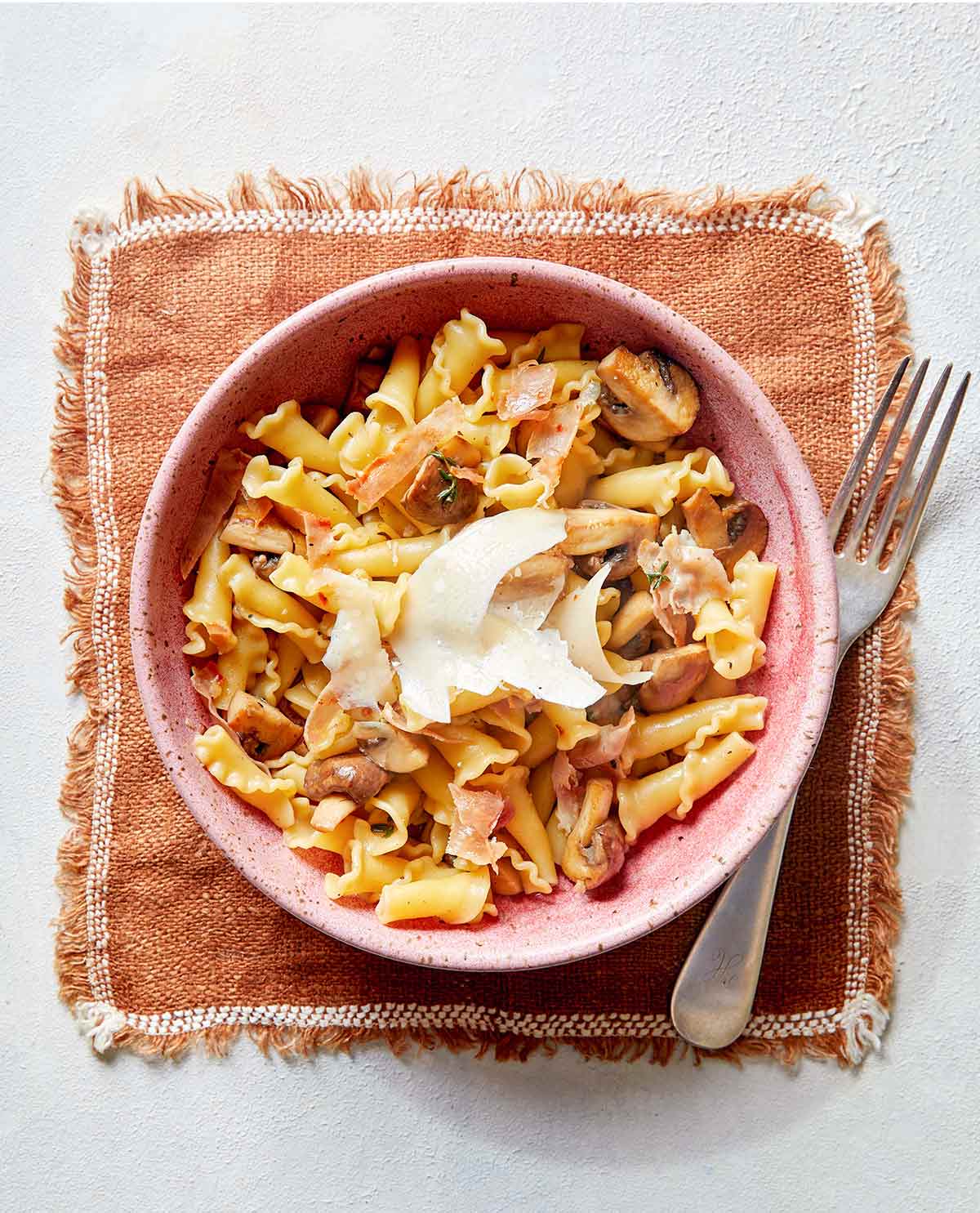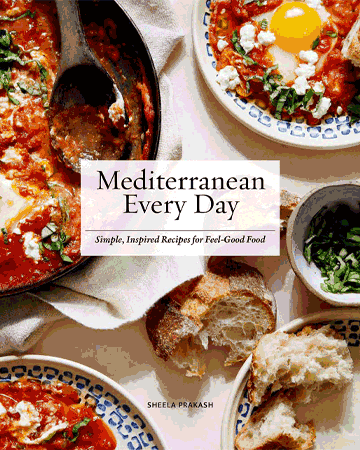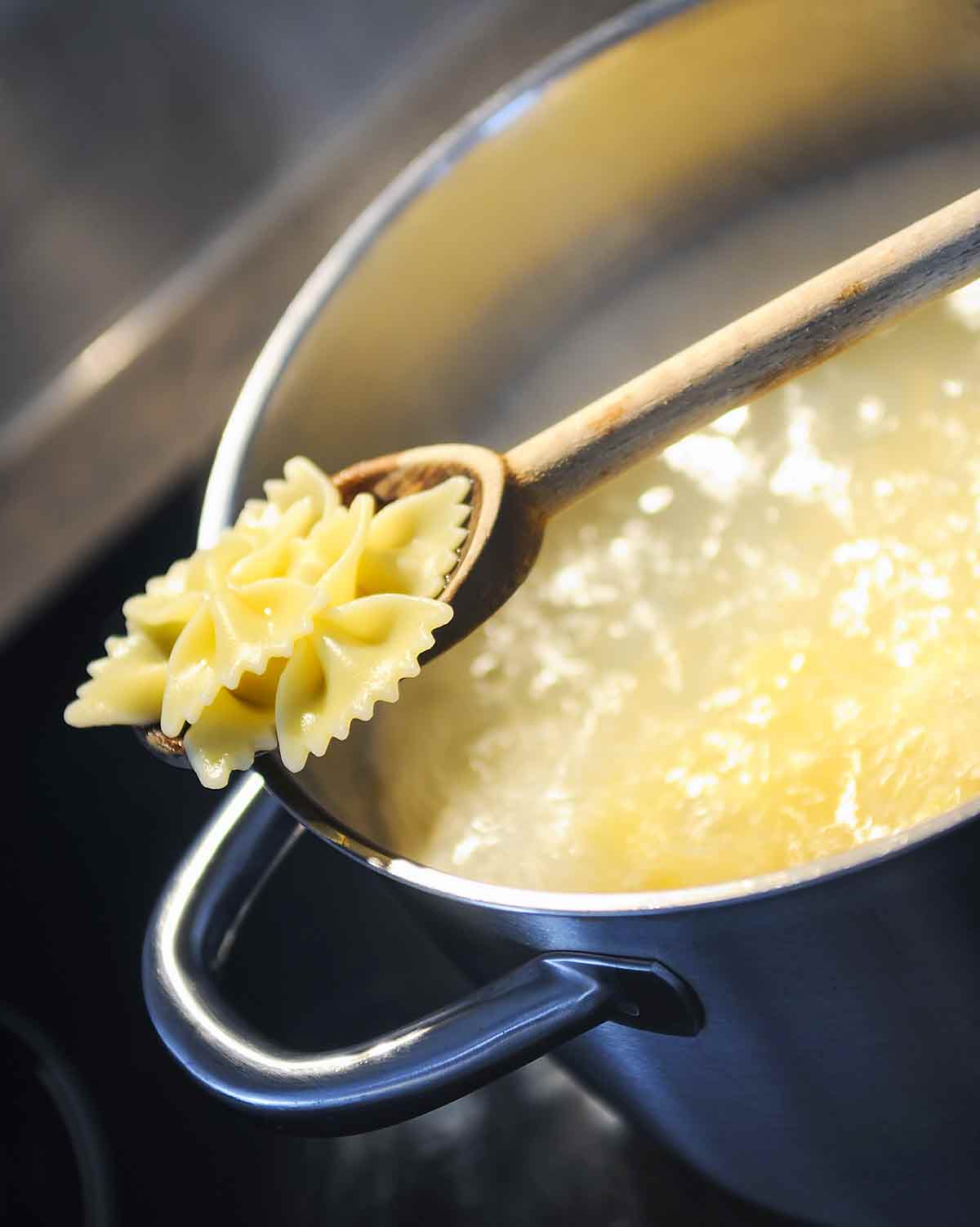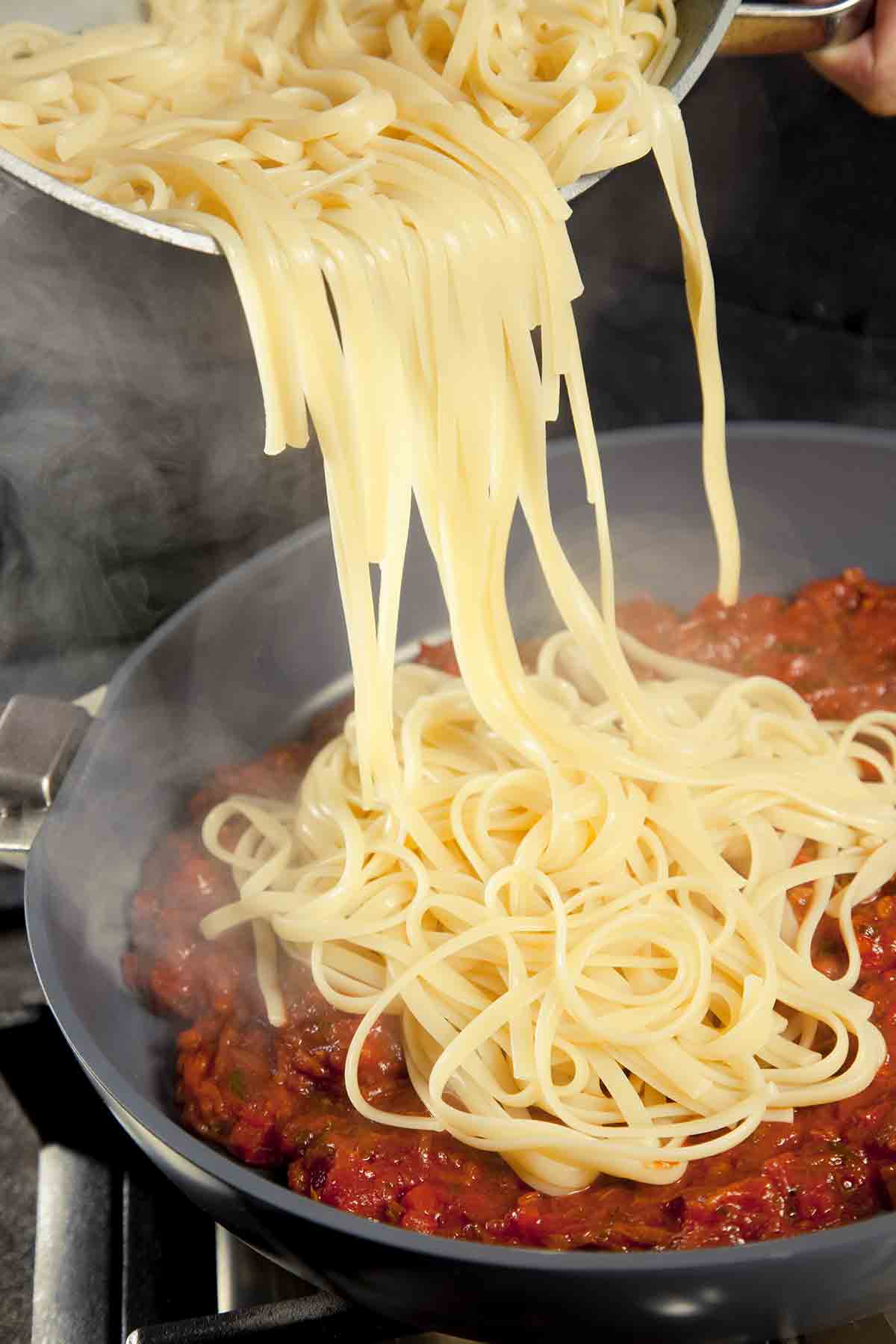

You probably already know that you should cook pasta in ample water. And you also know how to cook pasta in water that’s so heavily salted it could be a roiling, boiling pot of seawater, yes? Excellent.
Yet there are a few other less commonly known tricks that can have a massive impact on everyday boxed pasta. The below steps, excerpted from Mediterranean Every Day, show you how to set yourself up for some serious pasta satisfaction (read: happy carb overload). Keto be damned!—David Leite
How to Cook Perfect Pasta
Maybe you’ve wondered why pasta dishes you order at good Italian restaurants are just a little bit better than the ones you cook at home. How is it that the pasta is both perfectly cooked and married to the sauce?
This is because they lean on a simple three-step trick. I use it in almost all my pasta recipes, aside from those where the sauce isn’t cooked. Once you learn the trick, you can adapt almost every pasta recipe you cook to ensure it’s as perfect as eating out.
Want to Save This?
1. Undercook the pasta

Subtract one minute from however long the box says to cook the pasta to al dente and set your timer to that number. So for example, if your box of gemelli instructs you to cook it ten minutes, go for nine–max.
2. Save some pasta water
Before draining the undercooked pasta, carefully scoop a large measuring cup into the boiling water and reserve some of the cooking water. This water is filled with starch from cooking the pasta and will help tie everything together.
3. Finish the pasta in the sauce

Add both the undercooked pasta and some starchy pasta water to the skillet of sauce you’ve prepared. Bring everything to a simmer and toss constantly for a minute or two (add another splash or two of pasta water, as needed, if things start to dry out too quickly). The starchy water will mix with the sauce to help thicken it and coat the pasta, and the pasta will finish cooking during this process.








